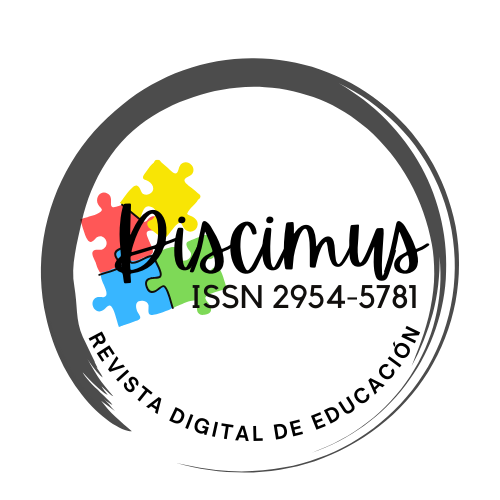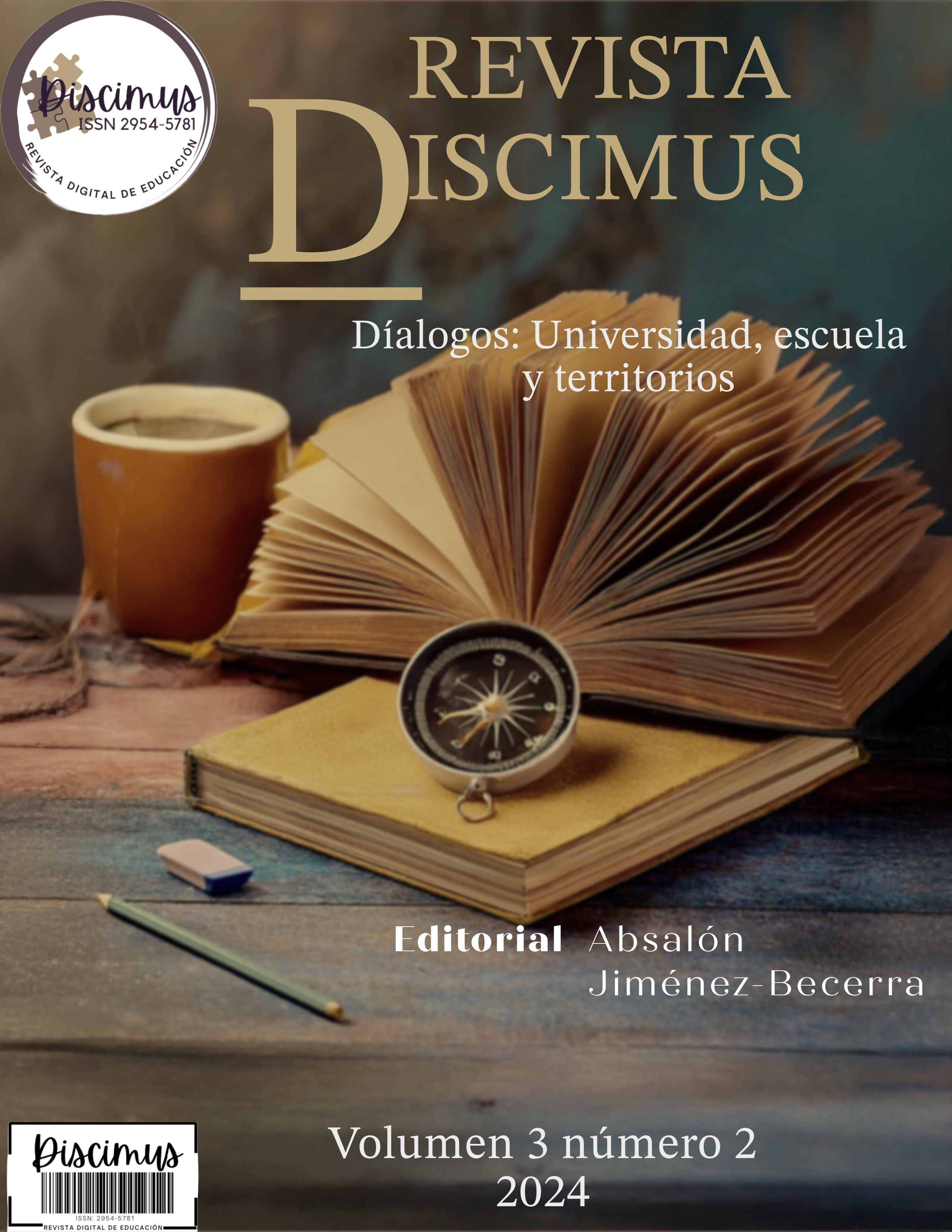Strategic alliances in the care of learning disorders for their socio_educational inclusion.
Main Article Content
Abstract
Attention to learning disabilities in primary educational institutions in Cuba presents a significant challenge for educational improvement. Implementing strategic partnerships between various agencies and community agents is essential to ensure the socio-educational inclusion of all learners. The educational institution should act as the primary cultural center of the community, leading these collaborations. The evidence gathered demonstrates that constant interaction with families and learners fosters an inclusive educational environment that not only advocates for equity and diversity but also promotes respect for the individual differences of all learners to improve learning and development in the Cuban education system.
Downloads
Article Details
Section

This work is licensed under a Creative Commons Attribution-NonCommercial-ShareAlike 4.0 International License.
Open Access Policy at Discimus Journal
Discimus Journal is committed to the promotion of free circulation of scientific and academic knowledge, simultaneously ensuring appropriate acknowledgment for our authors while adhering to the ethical principles of scientific publishing. In alignment with this goal, Discimus publishes all its articles under the ATTRIBUTION-NONCOMMERCIAL-SHAREALIKE 4.0 INTERNATIONAL CC BY-NC-SA 4.0
How to Cite
References
Ainscow, M. y Miles, S. (2008). Transformando escuelas: inclusión y mejora.
Arnaiz, P. (2017). La inclusión educativa: Un desafío para la sociedad. Madrid: Narcea._
Action_Toward_a_Theory_of_Evolution/link/5a3dab0c458515f6b039ca24/da Theory of
Evolution. Rev Policy Studies Journal. 3 (33) 419-442
American Psychiatric Association.(2014). Manual Diagnóstico y Estadístico de los Trastornos Mentales, Quinta Edición (DSM-5). Editorial Medica Panamericana.
Barreira V, León R y Maqueira G (2018) Estrategias Educativas y sociales para la inclusión de la Discapacidad. Editorial, Cod. 9942-8632
Brinkerhoff, J y S, Brinkerhoff (2011) Strategic Alliances in Higher Education: A Guide to Developing and Managing Successful Partnerships.
Bolívar, A (2007) El desarrollo profesional docente en tiempos de cambios. Revista de Educación, 343,127-154. Enlace https: ̸ ̸ www.revistaeducacion.educacion.es ̸ re343 ̸ re343-07pdf
Burgstahler.S.L y Coryel.A (2020) Universal Desing in Higher Education: From Principles to Practice, Routledge
Carr, W., & Kemmis, S. (1986). Becoming critical: Knowing through action research. London: Falmer Press.rnos naturales y diseñados.
Chkout T (2013) Sobre el perfeccionamiento de la Educación Especial. Editorial Pueblo y Educación.
Fontes O y Pupo M (2006) Los trastornos de la conducta. Una visión multidisciplinaria. Editorial Pueblo y Educación.
Jimerson, S. R., & Erickson, L. M. (2008). Early Intervention for Students with Learning Disabilities (pp. 235-238). New York: Guilford Press.
Kanter, M. (2016). La revolución de la educación superior: cómo las alianzas estratégicas están transformando el aprendizaje y el trabajo. Washington, DC: Asociación Estadounidense de Colegios y Universidades. -López-M y Muñoz-García (2021) Alianzas estratégicas para la inclusión educativa: Una revisión sistemática. Revista de Educación Inclusiva, 8(1), 1-18
Kauffman, J. B. (2017). Alianzas estratégicas en la educación superior: un imperativo para la innovación y el impacto. Revista de Educación Superior, 46(2), 123-145.
Lara, L., y S. de Osorio, A. (1991). El agente educativo y su función pedagógica. Universidad Pedagógica Nacional. Bogotá, Colombia: CIUP.
Llinares, S. (2010). Investigación cualitativa en educación. Madrid: McGraw-Hill
López R (2006) Diversidad e igualdad de oportunidades en la escuela. Editorial Pueblo y Educación.
Martínez F(2001) Los proceso evolutivos del niña. Editorial Pueblo y Educación.
Ministerio de Educación, Cultura, Ciencia y Tecnología. (2019) Compilador, Educación Inclusiva .Fundamentos y prácticas para la Inclusión. Primera Edición 2017
Pérez, A y Gómez, M (2023) Intervención Educativa en Trastornos del Aprendizaje. Revista de Educación Especial.
Ruiz, J y Martínez, E(2021) Inclusión y diversidad. Desafíos en la Atención a Alumnos con Trastornos del Aprendizaje. Revista de Investigación Educativa.
Rodríguez, J , Díaz-Sastre, I y Dolores López, M. (2013). El niño con dificultades de aprendizaje. Editorial Pirámide.
UNESCO(2016) Directrices sobre políticas para la inclusion de alumnus con discapacidad en la educación.Organización de las Naciones Unidas para la Educación, la Ciencia y la Cultura. Enlace https:̸ ̸ unesdoc.unesco.org ̸ ark ̸ 48223 ̸ pf0000245692
UNESCO. (2019). Inclusión educativa: Guía para la acción. París: UNESCO.
UNICEF. (2021)Directrices sobre educación inclusiva: Hacia sistemas educativos inclusivos y eficaces para todos los estudiantes con discapacidad.htt://www.unicef.org/education/sites/unicef.org.education/files/2021/09/UNICEF-Guidelines-on-inclusive-education-EN.pdf
Vigotsky, L. S. (1978). Mind in society: The development of higher psychological processes. Harvard University Press.

